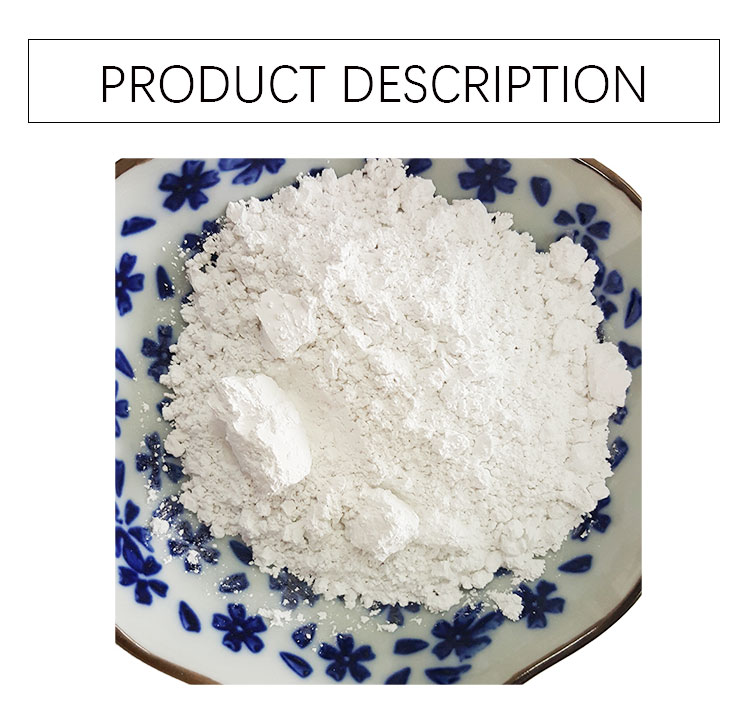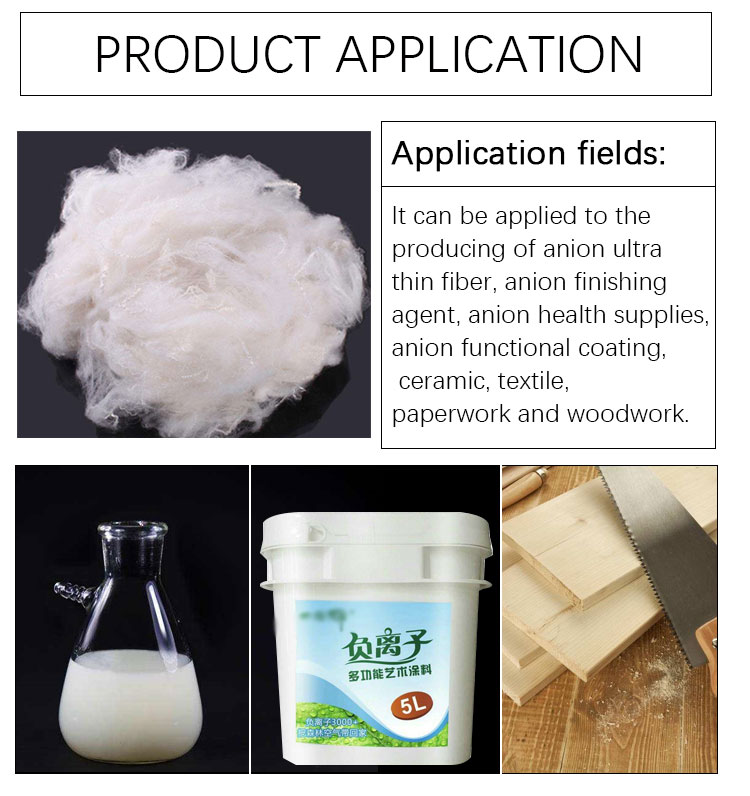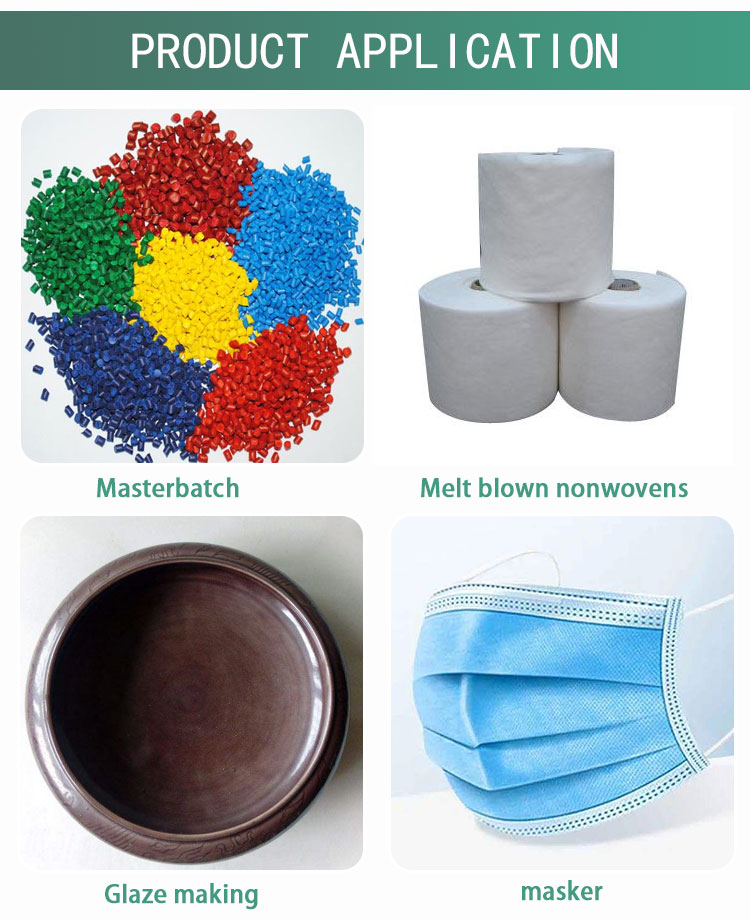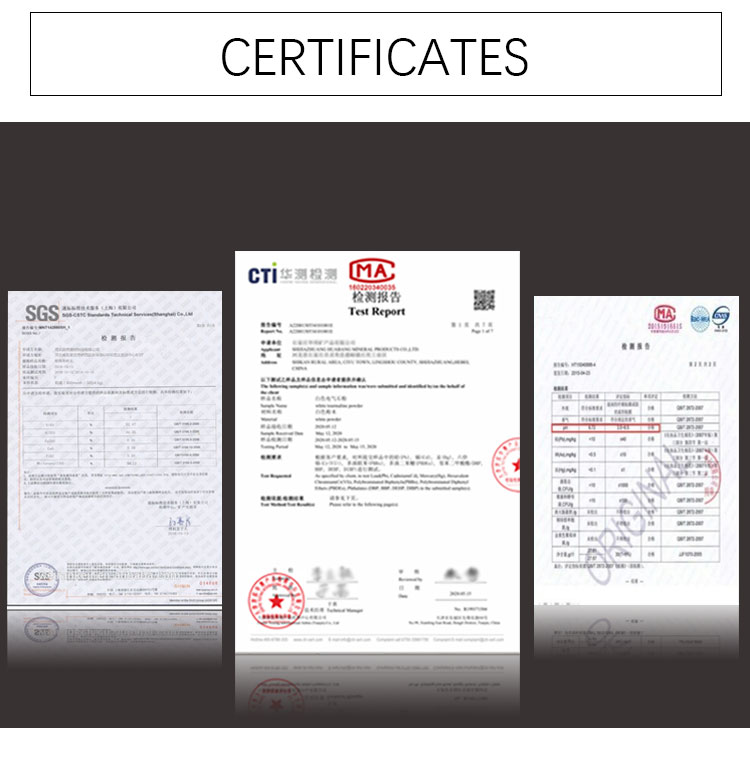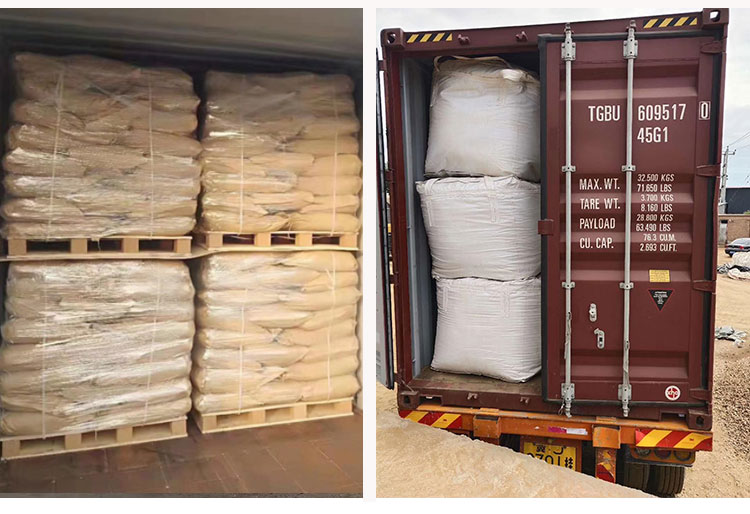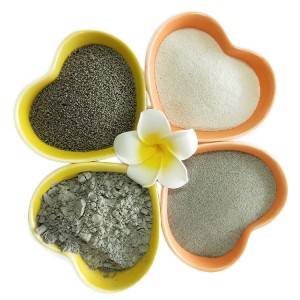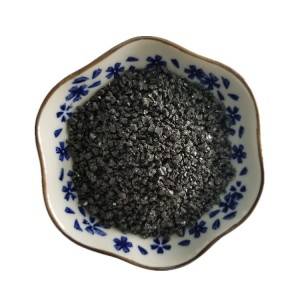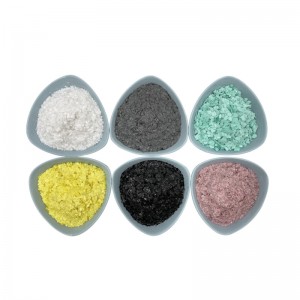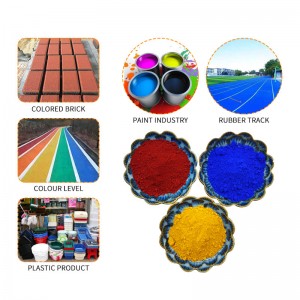Industrial waste gas emissions—containing volatile organic compounds (VOCs) like benzene, toluene, and formaldehyde, as well as odorous substances like hydrogen sulfide—pose significant environmental and health risks. Traditional waste gas treatment methods, such as incineration and chemical scrubbing, are costly and generate secondary pollution, while activated carbon adsorbents have limited adsorption capacity and require frequent replacement. Tourmaline powder, a mineral adsorbent with high porosity and surface activity, addresses these challenges, providing an efficient, cost-effective solution for waste gas treatment in industries like chemical manufacturing, printing, and painting.
The adsorption capacity of tourmaline powder for VOCs and odorous compounds is rooted in its unique surface properties. The powder features a network of micro- (2-5 nm) and mesopores (5-50 nm) that provide a large specific surface area (20-35 m²/g), allowing for extensive contact with waste gas molecules. Additionally, tourmaline’s surface has abundant hydroxyl groups (-OH) and electrostatic charge sites, which form strong physical and chemical bonds with VOCs and odorous compounds. For example, tourmaline powder adsorbs 150-200 mg/g of benzene (a common VOC) and 80-100 mg/g of hydrogen sulfide (an odorous gas), far exceeding the adsorption capacity of activated carbon (100-120 mg/g for benzene, 50-60 mg/g for hydrogen sulfide). This high capacity reduces the frequency of adsorbent replacement, cutting operational costs by 30-40% compared to activated carbon systems.
VOC removal efficiency is a key performance metric for industrial waste gas treatment, and tourmaline powder delivers exceptional results. In a chemical plant treating benzene-containing waste gas (concentration 500-800 mg/m³), a tourmaline-based adsorption tower achieved a removal rate of 95-98%, reducing emissions to below 20 mg/m³ (meeting China’s GB 31571-2015 standard). For printing and painting facilities, which generate formaldehyde and toluene emissions, tourmaline powder removes 90-93% of these VOCs, eliminating the “paint smell” associated with these industries. The powder’s adsorption efficiency remains stable even at varying gas flow rates (1-3 m/s) and temperatures (20-80°C), making it suitable for diverse industrial environments.
Odor control is another critical benefit of tourmaline powder in waste gas treatment. Odorous compounds like hydrogen sulfide (rotten egg smell) and ammonia (pungent smell) are often present in waste gas from food processing (non-food industry focus on packaging/manufacturing) and chemical plants. Tourmaline’s ability to adsorb these compounds not only reduces environmental pollution but also improves workplace air quality, reducing employee complaints and health risks. A Chinese chemical plant using tourmaline adsorbents reported a 90% reduction in odor complaints from nearby communities, as the powder reduced hydrogen sulfide emissions from 100 mg/m³ to <5 mg/m³. Additionally, tourmaline does not release adsorbed odors even when exposed to moderate temperature fluctuations, ensuring long-term odor control.
Regenerability is a major advantage of tourmaline powder over traditional adsorbents. After adsorption saturation, the powder can be regenerated through thermal treatment (150-200°C) or steam stripping, which desorbs the adsorbed VOCs and odorous compounds. Unlike activated carbon, which loses 20-30% of its adsorption capacity after each regeneration cycle, tourmaline retains 85-90% of its initial capacity after 8-10 cycles. This extends the adsorbent’s lifespan from 3-6 months (activated carbon) to 12-18 months (tourmaline), significantly reducing waste and replacement costs. The desorbed VOCs can also be recovered and reused in industrial processes (e.g., benzene recovery in chemical plants), creating additional economic value.
Chemical stability ensures tourmaline powder’s performance in harsh waste gas environments. It is resistant to acidic and alkaline gases (pH 2-12), making it suitable for treating waste gas from acid-based chemical processes (e.g., sulfuric acid production) and alkaline processes (e.g., ammonia synthesis). The powder does not dissolve or release heavy metals into the environment, meeting strict environmental standards like the EU’s Industrial Emissions Directive (IED) and the US EPA’s Clean Air Act. This stability also reduces the risk of adsorbent degradation, ensuring consistent performance over time.
Compatibility with different waste gas treatment systems makes tourmaline powder versatile. It can be used in fixed-bed adsorption towers (for low-flow gas streams), fluidized-bed reactors (for high-flow streams), and membrane adsorption systems (for precise VOC removal). It can also be mixed with other adsorbents like zeolite to enhance specific performance—for example, combining tourmaline with zeolite improves ammonia removal efficiency by 10-15%. For small-scale facilities (e.g., small printing shops), tourmaline powder can be packed into portable adsorption units, providing a compact, low-cost treatment solution.
Customization options cater to diverse industrial needs. Suppliers offer tourmaline powder with different pore structures: micro-pore-rich grades (for small-molecule VOCs like formaldehyde) and meso-pore-rich grades (for large-molecule VOCs like toluene). Fine grades (5-10 μm) are used in membrane systems to ensure uniform gas contact, while coarser grades (20-30 μm) are ideal for fixed-bed towers to prevent pressure drop. High-purity grades (95%+ tourmaline content) are suitable for sensitive industries like electronics manufacturing (low VOC requirements), while cost-effective grades (80-90% content) suit general industrial use.
Practical application cases validate tourmaline powder’s value. A German printing facility replaced its activated carbon system with a tourmaline-based adsorption unit, reducing VOC emissions by 92% and cutting annual adsorbent costs by €30,000. A Chinese chemical plant using tourmaline adsorbents for hydrogen sulfide treatment extended adsorbent replacement intervals from 4 months to 16 months, reducing waste disposal costs by 75%. These cases demonstrate the economic and environmental benefits of tourmaline powder, making it a preferred choice for global industrial clients.
For foreign trade merchants,promoting tourmaline powder as an industrial adsorbent requires emphasizing adsorption capacity, regenerability, and compliance with environmental standards. Providing test data from environmental labs (e.g., SGS, EPA-approved labs) verifying VOC removal rates and regeneration efficiency builds credibility. Highlighting cost savings from reduced replacement and waste disposal appeals to cost-conscious industrial facilities. Additionally, offering custom adsorption system design (e.g., tower size, powder loading) helps clients integrate the powder into their existing waste gas treatment processes.
Logistics and compliance support are essential for international sales. Tourmaline powder should be packaged in sealed, dust-proof containers to prevent particle dispersion during shipping—25kg paper bags with inner PE liners are standard, while 1-ton bulk bags suit large industrial orders. Providing English-language TDS and SDS ensures compliance with import regulations (e.g., EU REACH, US EPA). Offering technical support, such as regeneration process guidance and adsorbent replacement schedules, enhances customer satisfaction and long-term partnerships.
In summary, tourmaline powder’s high adsorption capacity, VOC removal efficiency, odor control, regenerability, and chemical stability make it a valuable industrial adsorbent for waste gas treatment. Its cost-effectiveness, compatibility with diverse systems, and proven application cases position it as an excellent product for foreign trade merchants targeting industries like chemical manufacturing, printing, and painting. By highlighting these advantages, businesses can effectively market tourmaline powder to global industrial clients seeking efficient, sustainable waste gas treatment solutions.









